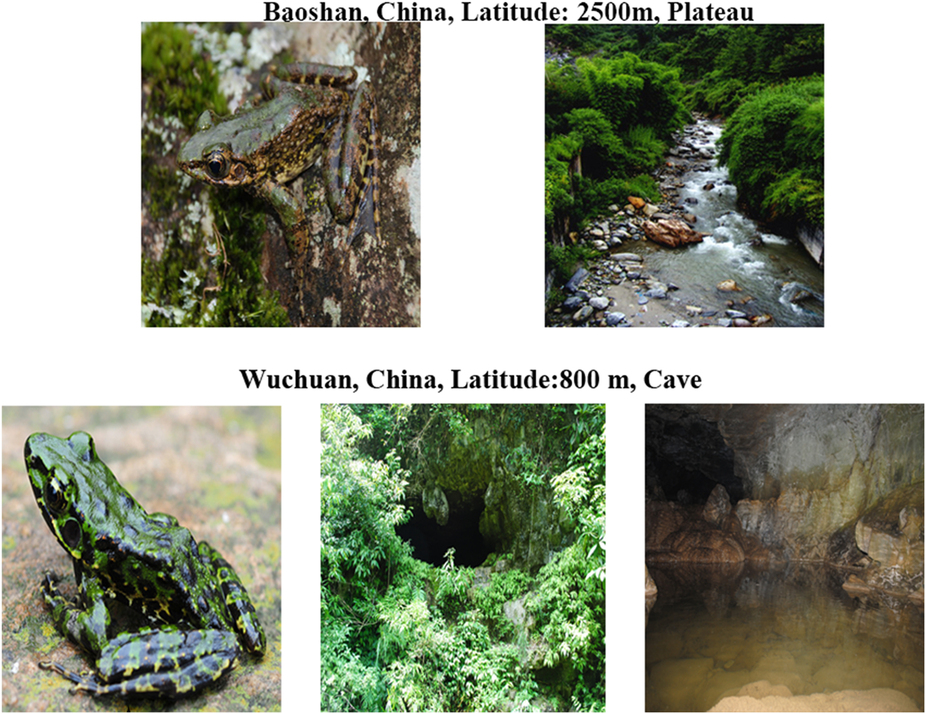揭示两栖动物防御高原紫外辐射分子机制

太阳光谱中的紫外线不仅使人体皮肤晒伤老化,产生炎症、黑色素和色斑,严重时还会诱发癌变,危害健康。目前,对于动物如何抵御高原强紫外线辐射的认识非常有限。中科院昆明动物所科研人员在动物防御高原紫外辐射的策略和分子机制方面取得进展,相关成果日前发表于《Scientific Reports》。
在研究员张云的带领下,科研人员利用两栖动物作为研究模型,探索了动物防御高原紫外辐射的策略和分子机制。云南臭蛙分布于海拔2500米左右的高原地带,而穴居的务川臭蛙在生活中很少受到强紫外辐射的影响。研究发现,和务川臭蛙相比,云南臭蛙在紫外辐射条件下,皮肤会分泌大量由9~25个氨基酸组成的小分子抗氧化肽。这类新型抗氧化肽具有丰富的分子多样性、高效的自由基清除活性和抗氧化能力,从而保护动物免受紫外线引起的组织损害。
研究不仅揭示了高原两栖动物适应高海拔强紫外环境的生物策略和分子基础,而且其发现的大量结构新颖、高活力以及易于人工合成的抗氧化肽也提供了丰富的分子模板,可用于抗紫外辐射的药物和护肤品研发应用。(来源:中国科学报 彭科峰)
Rich diversity and potency of skin antioxidant peptides revealed a novel molecular basis for high-altitude adaptation of amphibians
Abstract Elucidating the mechanisms of high-altitude adaptation is an important research area in modern biology. To date, however, knowledge has been limited to the genetic mechanisms of adaptation to the lower oxygen and temperature levels prevalent at high altitudes, with adaptation to UV radiation largely neglected. Furthermore, few proteomic or peptidomic analyses of these factors have been performed. In this study, the molecular adaptation of high-altitude Odorrana andersonii and cavernicolous O. wuchuanensis to elevated UV radiation was investigated. Compared with O. wuchuanensis, O. andersonii exhibited greater diversity and free radical scavenging potentiality of skin antioxidant peptides to cope with UV radiation. This implied that O. andersonii evolved a much more complicated and powerful skin antioxidant peptide system to survive high-altitude UV levels. Our results provided valuable peptidomic clues for understanding the novel molecular basis for adaptation to high elevation habitats.
原文链接:http://www.nature.com/articles/srep19866

